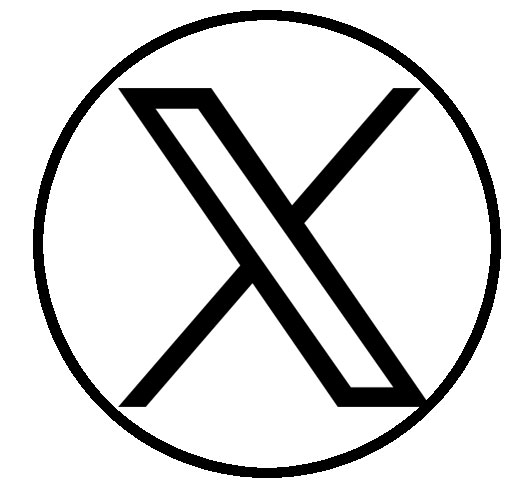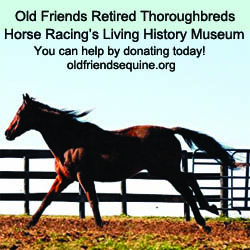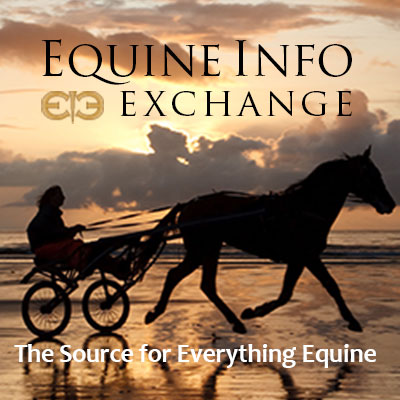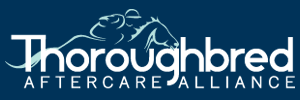Retire & Rehome
Whichever way we ride or however we are associated with horses, we can all agree that horse welfare and rescue is extremely important. Learn about these caring places in our Rehome section, where money and time can be donated to help horses find, or remain, in their forever home.
Many charity events help fund the good work of equine rescue organizations. Parties and auctions to benefit rescue are included in the Calendar of Events for Retire & Rehome.
Have an old friend to retire? Find a place where your horse can live the life of leisure in our Retirement section.
Do we need to add an event or rescue? Please use the useful feedback link and let us know!
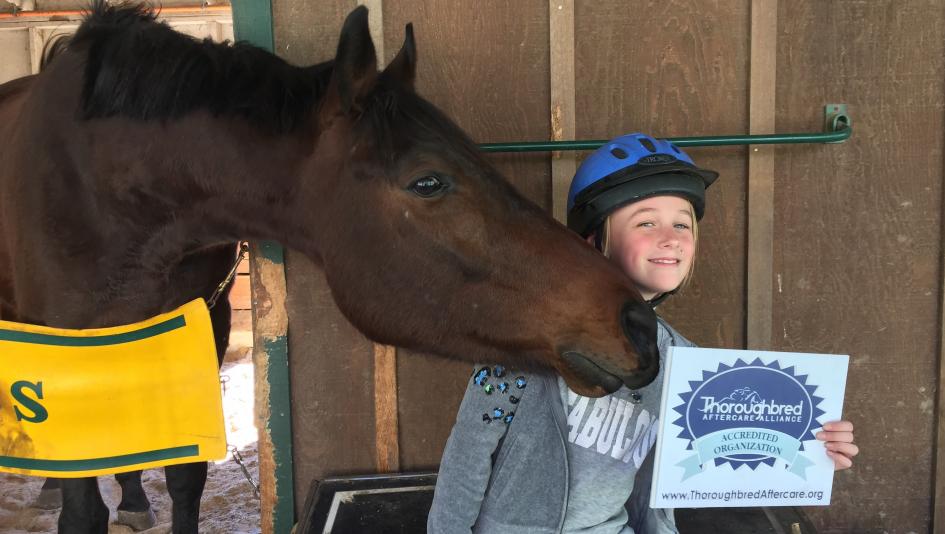
by Melissa Bauer-Herzog
With the Thoroughbred Aftercare Alliance’s (TAA) funding for aftercare organizations rising from $1 million in 2012 to $3.42 million in 2019, it is safe to say the organization has grown in the near-decade since its inception. Its growth and contribution saw it win a special Eclipse Award in 2014 and Special Award of Merit at this year’s Preakness Alibi Breakfast but TAA President Mike Meuser says there is still work to be done.
Originally accrediting 21 organizations, the class of 2019 includes 74 aftercare organization with its accredited organizations helping over 10,300 Thoroughbreds since 2012. TAA is entrenched in the Thoroughbred sales and breeding sectors now through both mandatory and voluntary donations and Meuser says 2020 is about trying to bring in parts of the industry they haven’t focused on before.
Read more: Thoroughbred Aftercare Alliance Continues to Expand Reach
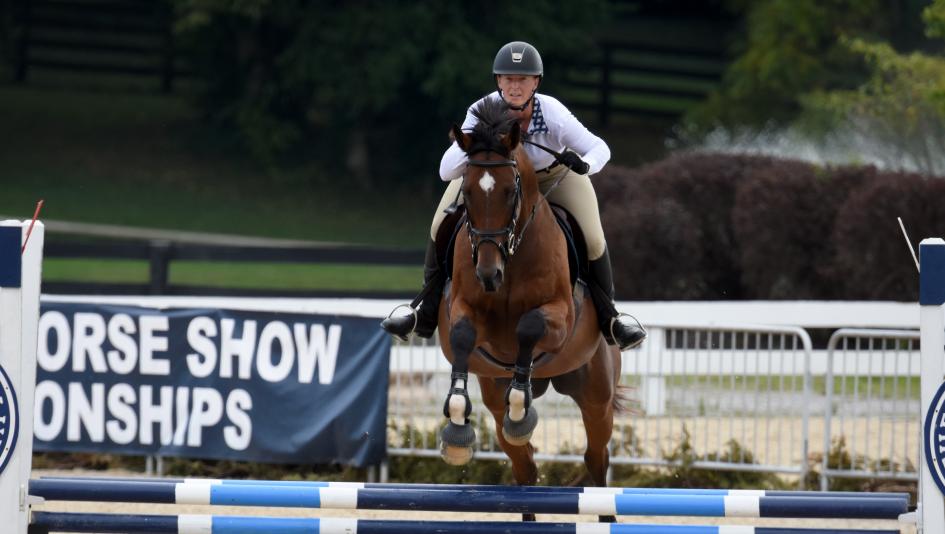
by Melissa Bauer-Herzog
After seeing all the videos of people getting new horses this holiday season, you’ve decided it’s the perfect time to get an off-track Thoroughbred (OTTB). You’ve visited the track often and tune in to the races on television so getting a retiring racehorse seems like the natural first step.
However, before you jump in with both feet, there are some things to consider when bringing a former racehorse to the family. We’ve talked to some big names in aftercare to get their opinion on 12 things you need to consider before taking a new horse home.
1. “When getting a horse off the track you have to remember these horses are going to transition and go through phases. They are serious athletes that are used to one job and one specific schedule every single day. It takes time to acclimate away from that and transition into the life of more of a pet/hobby on a more relaxed schedule. Life off track is without a doubt less stressful but when it's the only thing you’ve known your whole life it is actually the exact opposite, so to make their transition less stressful keeping a set routine will really help them adjust.” - Amy Paulus, Changing Saddles LLC
Read more: Twelve Things to Remember When Bringing Home an OTTB
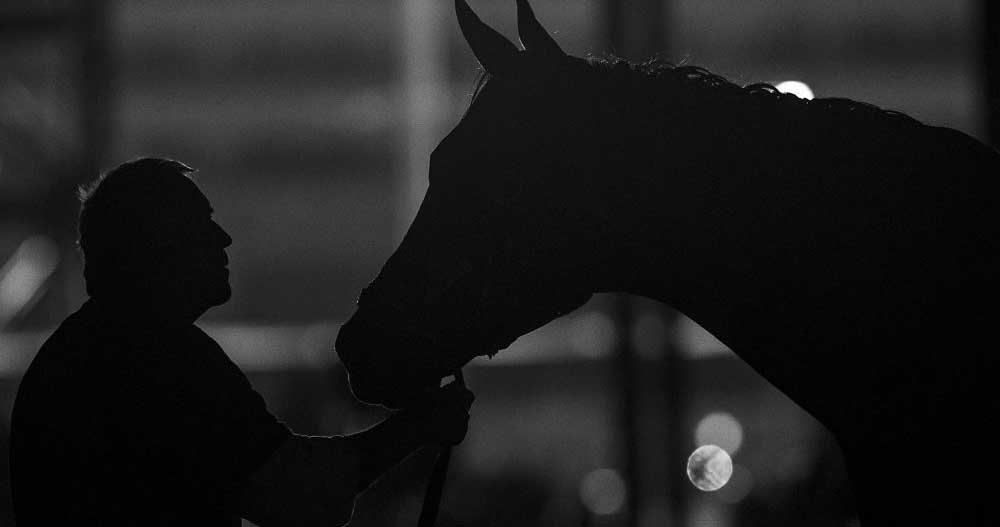
by Natalie Voss
Depending on the day, working in Thoroughbred aftercare can feel especially impactful or incredibly futile. On one hand, horse racing has accomplished so much in a short amount of time in its quest to take care of Thoroughbreds leaving the track. On the other, there's still a long way to go.
In the face of funding shortages, the complex legal, logistical, and ethical issues of the horse slaughter pipeline, and a mass influx of horses in need, what can the industry do better?
The intangible efforts
John Phillips, president of the Thoroughbred Aftercare Alliance (TAA), said the first step is to define the problem. For one thing, we need better data to understand how many Thoroughbreds find themselves in need, including the number in the slaughter pipeline.
“I think historically this is one of the areas that has provided reluctance,” he said. “In a sense you almost wanted to bury your head in the sand and say 'Gee, maybe we really don't want to ask that question.' However, the Australians, who really faced this as an issue of great public sensitivity before we did, approached it very intelligently. It became known as the 'first exit from racing.'”
Read more: Aftercare Should Not Be An Afterthought: Solutions For The Future
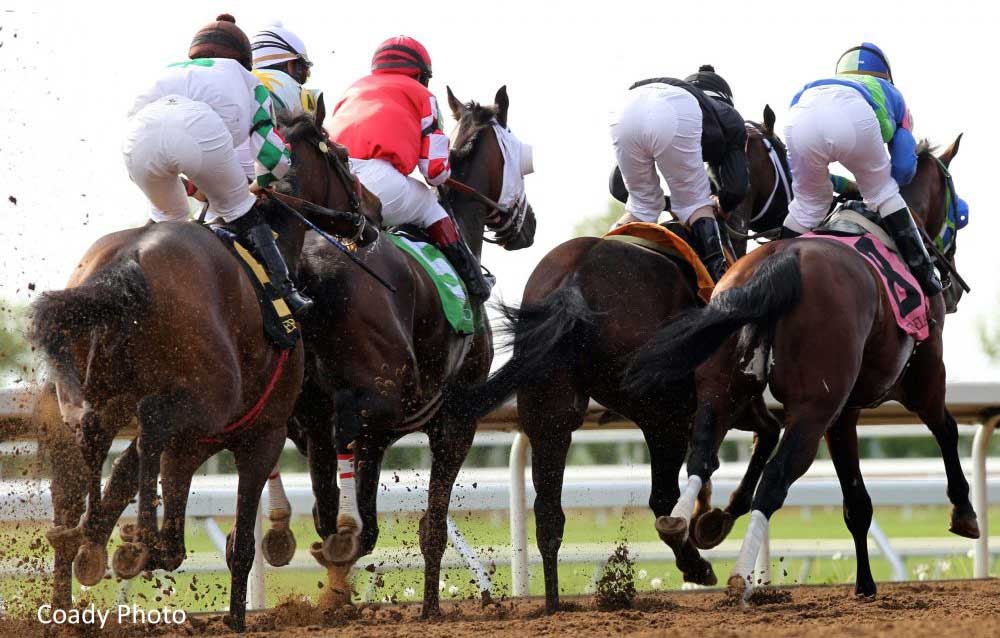
by Natalie Voss
It's easy to scroll through the Horse Care or Aftercare news sections on trade publication websites and feel pretty good about the state of Thoroughbred retirement and rehoming. It seems groups like the Thoroughbred Aftercare Alliance, Thoroughbred Incentive Program, Retired Racehorse Project, and a host of adoption and rehoming organizations are everywhere. With so many horses happily prancing around show rings and lazily nibbling grass in the paddocks of pensioners, the aftercare problem in racing must be nearly solved by now, right?
Those on the front lines of rescue and rehoming efforts say we're not even close—and we probably never will be.
For one thing, the scale of the problem is big. Bigger than most people probably realize.
Research on Australian racing populations indicates that roughly 40 percent of the racing population leaves the track each year. According to a study published in 2014 in the Australian Veterinary Journal, poor performance was the reason given for 36.5 percent of those retirements. Illness or injury accounted for another 30 percent. Ten percent of horses left because they were headed to the breeding shed.
Study authors said 6.3 percent of retiring Thoroughbreds entered the slaughter pipeline at the end of their career, while 16.4 percent continued on to second careers.
The Jockey Club does not keep figures on the number or percentage of horses retiring each season. Last year alone, there were 46,144 starters in the United States; if Australia's average is similar to America's, 40 percent of 46,144 would have 18,458 horses leaving the track by the end of 2018.
Read more: Emptying The Ocean With A Teaspoon: The Challenges Of Aftercare

by Natalie Voss
A decade ago, the word “aftercare” was not part of the industry vernacular when talking about Thoroughbreds leaving the racetrack. There were a handful of nonprofits which had battled the tide of horses retiring from racing for years. The Thoroughbred Retirement Foundation launched in 1983, New Vocations Racehorse Adoption Program in 1992, Thoroughbred Charities of America in 1990 – but those organizations' elevator pitches often started with an explanation of why they were necessary to begin with.
The conversation about off-track Thoroughbreds (fondly known as OTTBs) seems to have broadened in 2008 or 2009, in the wake of Eight Belles' high-profile breakdown after the finish of the 2008 Kentucky Derby. If she hadn't suffered a fatal injury, Eight Belles would likely never have found herself in need of retraining or sanctuary at the end of her racing days, but her death on national television prompted industry-wide self-examination. One of the aspects of racing that worried the general public seemed to be the fate of the horses who raced on the Derby undercard – the less accomplished, less successful mares and the many geldings for whom the breeding shed was not a possibility.
So, roughly ten years into the sport's most concentrated efforts to address the problem of aftercare, we at the Paulick Report wanted to know – how are we doing? What is working about the current industry approach to Thoroughbred aftercare, and what isn't? Which populations of Thoroughbreds are being best served by our current aftercare infrastructure, and which are still in need of help?
Read more: A Decade In, How Are We Doing With Thoroughbred Aftercare?
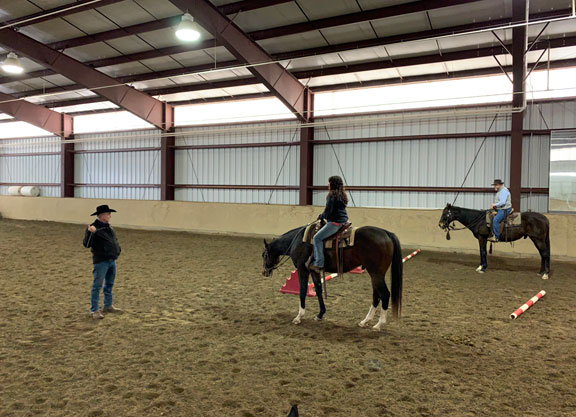
by Doug Jordan
It seems there is no end to the number of scenarios where off-track Thoroughbreds can adapt and expand the scope of their abilities in second careers. With the number of horses coming off the track that need transitioning, and the ever-increasing pressure on the racing industry to be effective in placement, it’s important that the industry explore every avenue of effective transitioning and education of future owners/riders.
Earlier this month, National Cutting Horse Hall of Fame trainer Doug Jordan put on a clinic at Long Shadows Farm in Cambridge, NY in training horses and riders on the basics of ‘cutting’ using a flag. Cutting is an activity in which a horse and rider work together to maneuver a cow to a separate pen or place. Cutting competitions demonstrate the horse’s athleticism and mental agility.
The flag is actually the face of a fan attached to a line along a wall or fence, and a pulley system that is operated by Jordan during the training to simulate the movements of a cow. The goal in having the clinic at Long Shadows was to include Thoroughbreds to show how well they took to the activity and what a great tool it could become for improving the rate of success in transition from racing to any second career.
Working a horse on a flag trains the rider to allow a better connection with his or her horse, and gives the horse more responsibility and freedom in the relationship.
“The flag is an excellent way to present something to the horse to develop that lighter level of communication that comes with connection between horse and rider,” said Jordan. “I trained cutting horses my whole life and we use the flag to teach the horse to rate and measure something moving.
The horse is interested in it and wants to engage in the activity. Because the horse is a willing participant, it’s just a nice way to get the horse to operate with less pressure and operate from a light feel. The change happens quickly.”

by Donna Brothers
(I owe a debt of gratitude to Dr. Larry Bramlage and Euki Binns for their help in validating research and statistical information for this article, and to @JennyPhoto for the supporting pictures.)
I can no longer remain silent about my love for horses and for horse racing for fear of backlash from PETA and other extremist organizations that claim to be looking out for our horses’ welfare. PETA’s modus operandi is to scream louder than the people and industries they attack, but unfortunately, while they promote themselves as a savior of horses, a closer look into their practices suggests otherwise. I have read through numerous lawsuits against them, I’ve looked up their kill-rates, and I’ve read about their revenue allocations. PETA is pro-PETA, not pro-animals, and they are behaving like a bully.
PETA vs the horse-lover
In PETA’s Statement on Companion Animals, they state their belief that even dogs and cats (domesticated for thousands of years alongside our horses) should be free of all human interaction. In other words, PETA is on a mission whose end-game is to eventually halt the natural bond between man and animal that has led them to co-exist since before written record! Organized horse racing has been a part of our United States family culture since at least 1667. Long before the invention of baseball, basketball, football—pretty much any current sport you can think of— people were enjoying a variety of equestrian sports with their beloved horses. Horses have also seen man into civilization; helped them win battles at war; carried man across continents; plowed their fields (including the grain, hay and bedding these horses needed to survive through hard winters), led hunts and so much more for thousands of years. Yes, horses have taken care of man—but man has taken care of them too.
- Ten Lessons Learned From 2019 Thoroughbred Makeover
- Rosie Napravnik’s Trio of Ex-Racehorses Excel at Thoroughbred Makeover
- Australian Firefighters Horse Calendar Photoshoot (2:56)
- Cowboy Swagger is 2019 TCA Thoroughbred Makeover Champion With Fallon Taylor
- Commentary: The Problem With ‘Naming And Shaming’ In Horse Rescue
- Willie Nelson Rescued 70 Horses From a Slaughterhouse and Let Them Roam Free on His Ranch
- The Truth About Kill Pens - Are You REALLY Saving a Life?
- The Beginner’s Guide to Adopting an OTTB
- The Eagerly Anticipated Thoroughbred Makeover at the Kentucky Horse Park this Week, October 4-7, 2018
- Q&A with US Equestrian’s Joanie Morris: ‘No Truer Athletes Than Thoroughbreds’

